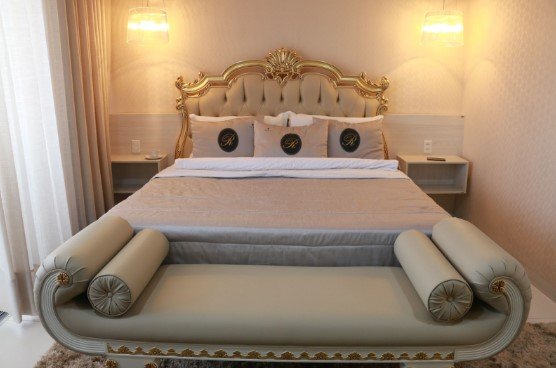[ad_1]
Brazil is a country marked by cultural and linguistic diversity, the result of several waves of immigration over the centuries.
In some cities, this cultural richness translates into the preservation of languages and dialects brought by European immigrants, which are still spoken today.
Which Brazilian cities speak another language?
Pomerode (SC): Known as “the most German city in Brazil”, Pomerode is a clear example of German influence on Brazilian culture. The Pomeranian dialect — a variation of German — is widely spoken by residents. The city attracts tourists interested in half-timbered architecture, typical festivals and German cuisine.
Bento Gonçalves (RS): Located in Serra Gaúcha, Bento Gonçalves is famous for its wine production and the preservation of Talian, a dialect derived from Italian. The influence of Italian immigrants is evident in several cultural aspects, such as festivals and local architecture.
Nova Petrópolis (RS): Another city in Serra Gaúcha, Nova Petrópolis is known for preserving Germanic culture. The German dialect is spoken by many residents, and the care for traditions is a great attraction for tourists. Cultural events, such as the German Folklore Festival, celebrate this heritage.
Santa Maria de Jetibá (ES): In Espírito Santo, Santa Maria de Jetibá is a city where the Pomeranian dialect is still widely spoken. Pomeranian immigrants arrived in Brazil in the 19th century and, since then, have kept their traditions alive, including the language, which is even taught in some schools.
These cities are examples of how European immigration contributed to Brazil’s linguistic and cultural diversity. In addition to being important tourist attractions, these locations offer an immersion in the history, culture and traditions of different immigrant groups. Coexistence with these dialects demonstrates the cultural richness of Brazil, where its people value and preserve their roots.
[ad_2]
Source link



